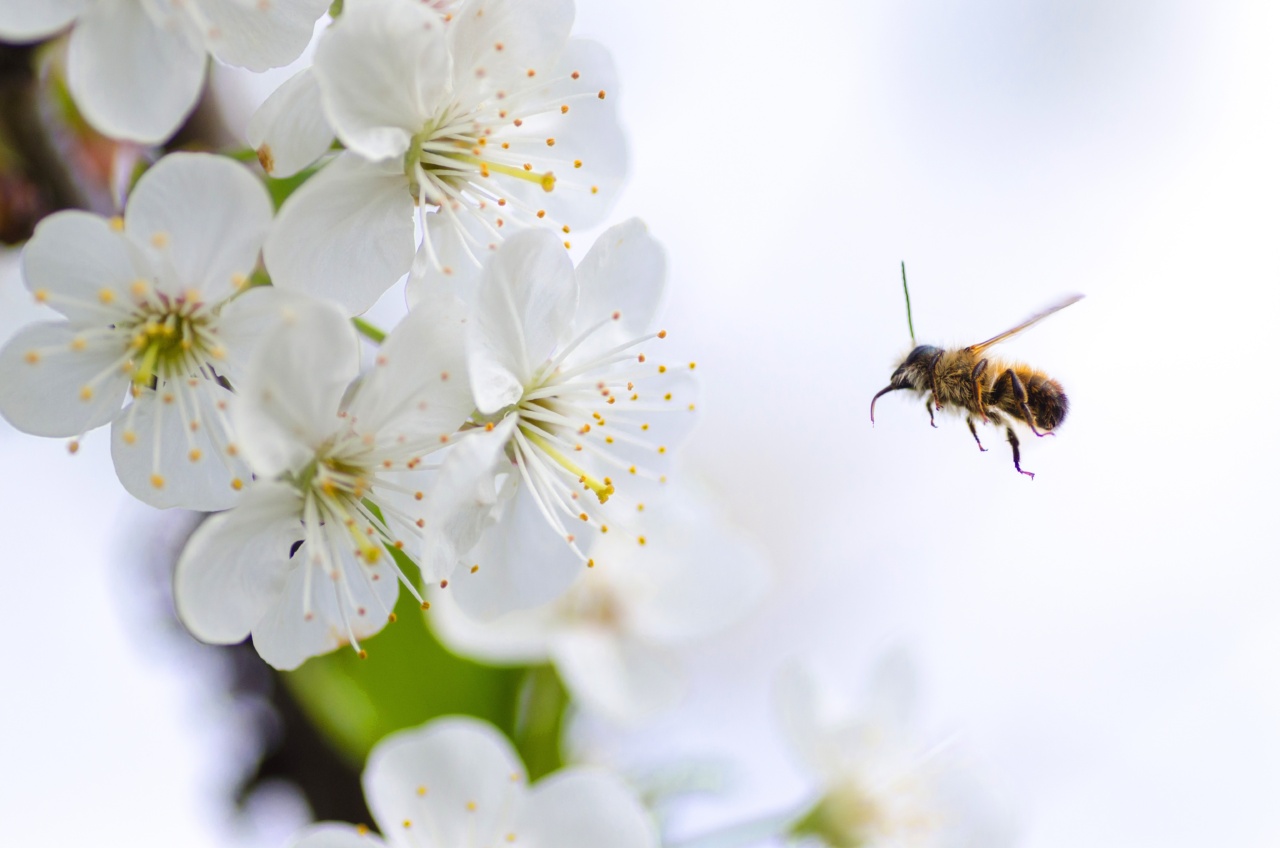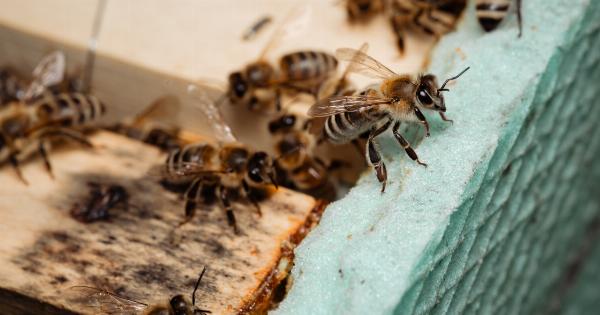Bee stings can be painful and sometimes, even dangerous. If you are allergic to bee stings, the reaction can be severe and life-threatening.
Knowing how to treat a bee sting and what to do in case of an allergic reaction can be important in avoiding complications.
Symptoms of Bee Sting Allergy
Not everyone is allergic to bee stings. However, for some people, an allergic reaction can occur that can cause significant health complications. The symptoms of bee sting allergy can include:.
- Hives or rash
- Swollen throat or tongue
- Difficulty breathing
- Dizziness or fainting
- Low blood pressure
- Loss of consciousness
Treatment for Minor Bee Stings
If you are stung by a bee, the first thing to do is to remove the stinger if it is still in the skin. You can do this by gently scraping it out with a fingernail or a credit card. Avoid squeezing the stinger as it can release more venom into the wound.
After removing the stinger, wash the area with soap and water and apply a cold compress to help reduce swelling and pain. You can also take an over-the-counter pain reliever such as acetaminophen or ibuprofen if necessary.
Itching is a common symptom after a bee sting. Applying a hydrocortisone cream or taking an antihistamine can help alleviate the itching. It is important to keep the sting site clean and dry and to avoid scratching the area as it can cause an infection.
Remedies for Severe Allergic Reactions
For those who are allergic to bee stings, severe allergic reactions can occur that require immediate medical attention. If you experience the following symptoms after a bee sting, seek emergency medical care right away:.
- Difficulty breathing
- Swelling of the face, throat or tongue
- Chest pain or tightness
- Dizziness or fainting
- Low blood pressure
- Loss of consciousness
If you are at risk of a severe allergic reaction, it is important to carry an epinephrine auto-injector with you at all times. This device can deliver a quick dose of epinephrine to help control the symptoms of an allergic reaction.
If you have been stung by a bee and experience a severe allergic reaction, call 911 immediately or go to the nearest emergency room.
Preventing Bee Stings
The best way to prevent bee stings is to avoid attracting bees in the first place. This can be done by:.
- Avoiding wearing brightly colored clothing
- Avoiding wearing perfumes and other scented products
- Avoiding walking barefoot in grassy areas
- Avoiding flowering plants and gardens where bees may be present
- Keeping food and beverages covered when eating outside
If you do encounter a bee, it is important to remain calm and still. Do not swat at the bee as it can agitate it and cause it to sting. Slowly and gently move away from the bee.
Bee Sting First Aid Kit
If you are allergic to bee stings, it may be a good idea to have a bee sting first aid kit with you at all times. This kit can include:.
- An epinephrine auto-injector
- An antihistamine
- A hydrocortisone cream
- Acetaminophen or ibuprofen
- Cold compress
- Tweezers for removing the stinger
Conclusion
Bee stings can be a painful and sometimes, even life-threatening experience. Knowing how to treat a bee sting and what to do in case of an allergic reaction can be important in avoiding complications.
Prevention is often the best method to avoid bee stings, but in case of a sting, it is important to remove the stinger, clean the area, and apply a cold compress. Severe allergic reactions require immediate medical attention, and carrying an epinephrine auto-injector can be important in case of an emergency.






























